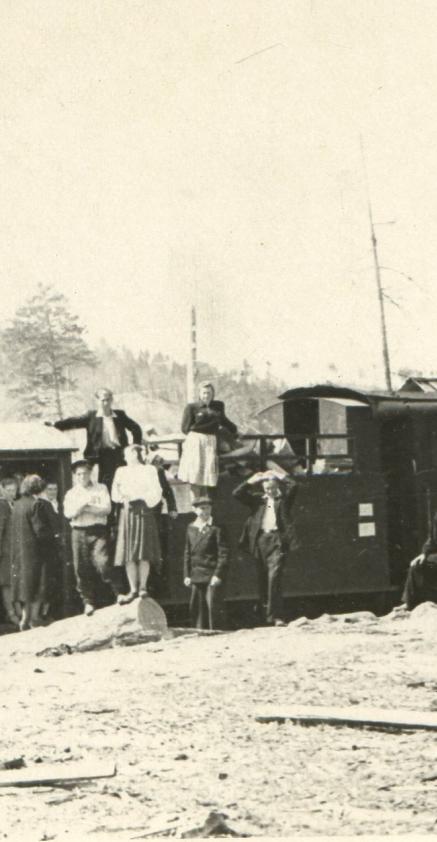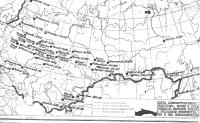The geography of the resettlement destinations was similar to, but did not coincide with, the geography of the camps. The special settlements were mainly in northern Kazakhstan, Uzbekistan, western Siberia, near Lake Baikal and an area north-east of Moscow. The camps were rather in particularly inhospitable areas, such as the Great North (Vorkuta, Inta and other camps) and the harsher parts of Siberia (Kolyma, etc.). They were often located in mining areas or beside major railway and factory construction sites. The special resettlers were sent rather to rural, arable areas or logging areas. However, there were no strict rules and the two types of deportee might be found together on working sites. But there were no special settlements west of a line from Leningrad to Moscow, where there were many camps because of a shortage of labour.
The resettlers were not kept behind barbed wire. The point was to send them to places where natural remoteness operated as a perimeter wall. These places were transformed by the resettlers, new villages were built and others that were losing their local inhabitants were rescued from disappearance. The fate of the resettlers varied over time and by place of origin. Many Lithuanians and western Ukrainians were taken to Siberia, particularly the regions of Irkutsk, Krasnoyarsk and Novosibirsk, while the Germans went more to Central Asia.
Ironically, these places of exile allowed national communities to form bonds of solidarity, although this was made more difficult by the ban on leaving the village and the dispersal of the settlements, adding to the deportees’ uprooting from their homes. Gradually they took ownership of their places of deportation, which became real places with an identity.
These areas emptied after Stalin’s death and even more after 1956, when the deportees were allowed to return to their homelands. Families were often scattered across the entire Soviet Union; during the 1941, 1944 and 1949 deportations from the annexed territories, many fathers were sent to camps and their wives to resettlement villages.
All this vast territory was held together by the few letters sent between home lands, where some of the deportees’ families still lived, the camps the fathers were sent to and the resettlement villages. There was a right to correspond, although it was severely restricted (one letter a month) and everyone knew that these letters were opened and read by the police.
The fathers and adult sons who survived the extremely harsh conditions in the camps went looking for their families. Some had managed to maintain a link while they were in the camp, and others spent weeks after being set free to find where they lived.
Alain Blum et Jurgita Mačiulité




